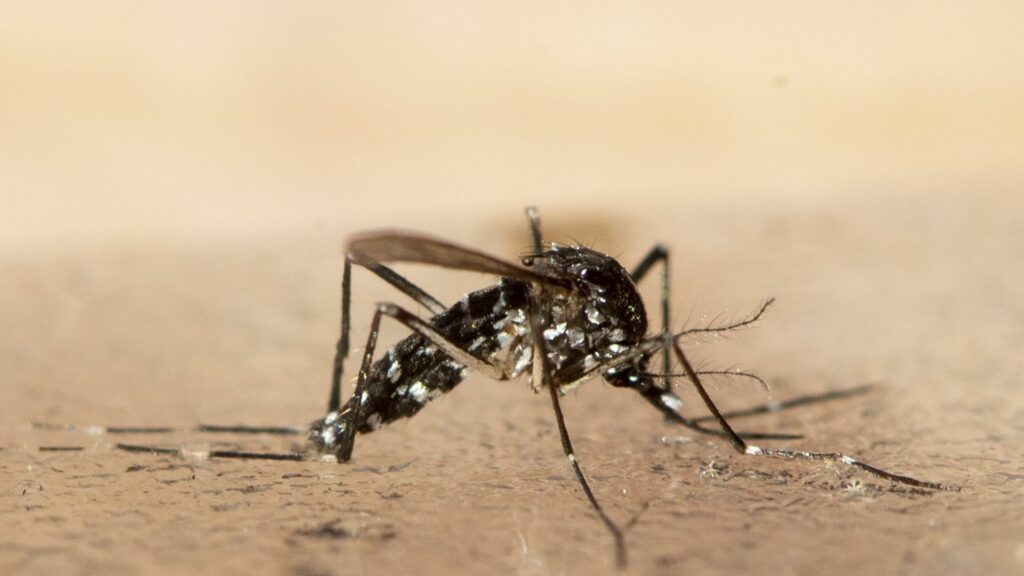
Introduction
The recent outbreak of the chikungunya virus in China has raised significant public health concerns. Chikungunya, transmitted mainly by mosquito bites, causes symptoms such as fever and severe joint pain, posing a challenge to healthcare systems already strained by other health issues. Understanding the implications and preventive measures against this virus is crucial for residents and travelers.
Current Situation
As of October 2023, health authorities in several regions of China have reported a notable increase in chikungunya cases. The outbreak began in southern provinces, where temperatures and humidity levels create a conducive environment for mosquito breeding. The National Health Commission has documented over 1,000 confirmed cases since the onset of the season.
In response to this alarming spike in infections, local governments have ramped up vector control initiatives, including aerial spraying of insecticides and public awareness campaigns to encourage residents to eliminate standing water. Officials are also advising the public on protective measures, such as using mosquito repellent and wearing long-sleeved clothing.
Impact and Measures
Chikungunya can lead to debilitating joint pain that may persist for months or even years after the initial infection, thus affecting the daily lives of those afflicted. Hospitals in affected areas are seeing increased patient visits, resulting in further strain on healthcare resources. While chikungunya is not typically fatal, the socioeconomic impacts of widespread illness can be substantial.
Health experts advocate for increased surveillance and research to bolster understanding of the virus’s transmission dynamics in China. Additionally, there is a concerted push for vaccination research, with hopes of developing an effective vaccine in the near future.
Conclusion
The chikungunya virus outbreak in China serves as a reminder of the ongoing challenges presented by vector-borne diseases. As the nation responds with health initiatives, it is imperative for individuals to remain informed and vigilant. Preventive measures such as mosquito control and personal protection can significantly mitigate the risk of infection. With the ongoing research efforts and public health education, there is hope for reducing the impact of chikungunya in China and preventing future outbreaks.



